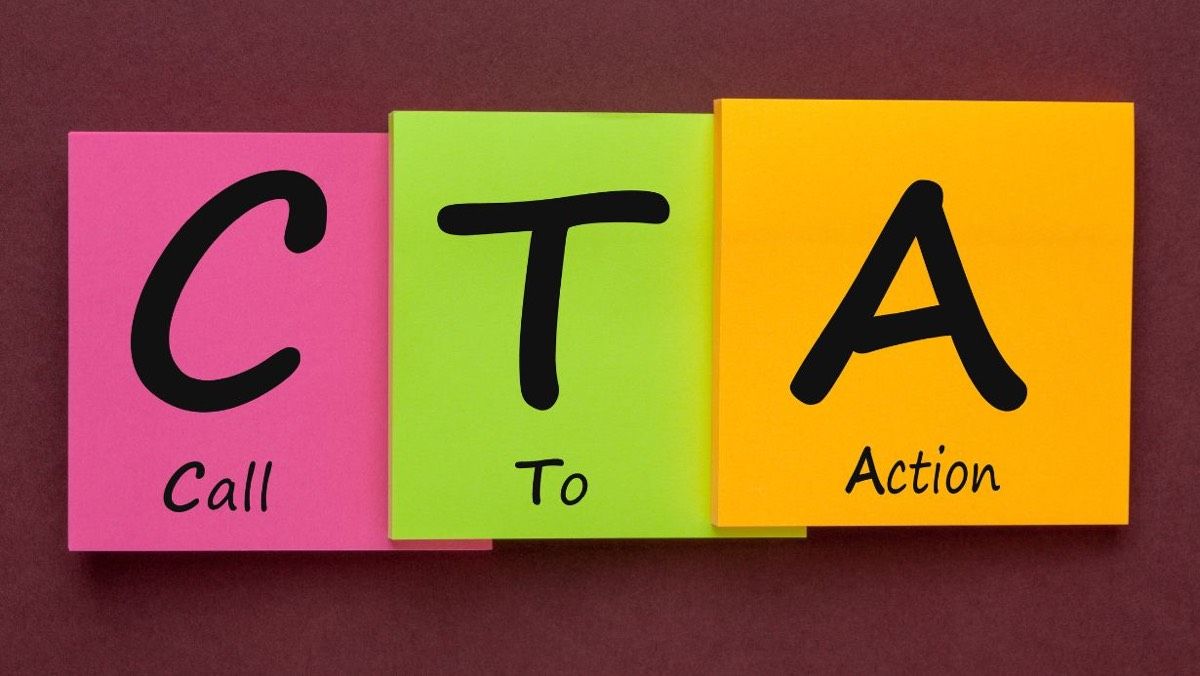When it comes to marketing, sales, or even everyday communication, you’ve probably heard the term CTA. But what exactly does it mean, and why is it so important? Whether you’re a business owner, marketer, or simply curious about communication strategies, understanding what a CTA is and how it works can help you create meaningful results.
In this guide, we’ll explain what CTAs are, why they matter, and how to craft effective ones. By the end, you’ll be equipped to use CTAs to drive action and improve engagement. Let’s dive in!
What Is a CTA?
CTA stands for Call to Action. A CTA is a message designed to prompt the audience to take a specific action. It guides readers, viewers, or listeners toward their next step—whether that’s buying a product, signing up for a newsletter, or clicking a link.
Think of a CTA as a signpost that directs your audience. Here are a few examples:
- “Shop Now” on an e-commerce site.
- “Subscribe for Updates” at the end of an email.
- “Learn More” on a social media ad.
CTAs are a cornerstone of effective communication, appearing in emails, websites, ads, and more. They are essential for turning interest into measurable action.
Why Are CTAs Important?
You might wonder, “Why do CTAs matter?” Their power lies in their ability to move your audience from passive interest to active engagement.
Key Reasons CTAs Are Crucial:
- They Provide Clear Direction
A clear CTA eliminates confusion, showing your audience exactly what to do next. Without one, they might abandon your page or miss out on valuable opportunities. - They Drive Measurable Results
Whether your goal is to increase sales, grow your email list, or boost website clicks, CTAs are the key to achieving your objectives. - They Enhance the User Experience
A thoughtful, well-placed CTA improves the flow of interactions, making it easier for users to engage. - They Turn Interest Into Action
CTAs convert curiosity into action—whether that’s signing up, purchasing, or downloading something valuable.
How to Create an Effective CTA
Creating an effective CTA requires more than just slapping a “Click Here” button on your content. Here’s how to craft one that resonates and delivers results:
1. Be Clear and Specific
Ambiguity doesn’t drive action. Use straightforward, goal-oriented language that tells your audience exactly what to do.
- Instead of “Click Here,” say: “Download Your Free eBook.”
- Instead of “Learn More,” say: “See Our Pricing Plans.”
2. Use Strong, Action-Oriented Language
Start your CTA with an action verb to inspire urgency and excitement. Words like “Get,” “Join,” “Discover,” and “Start” prompt immediate responses.
3. Create a Sense of Urgency
Incorporate time-sensitive language to encourage action now, rather than later. For example:
- “Shop Now—Sale Ends at Midnight!”
- “Limited Seats Available—Register Today!”
4. Make Your CTA Visually Stand Out
A CTA should grab attention at first glance. Use design elements like:
- Buttons: Use contrasting colors to make them pop.
- Bold Fonts: Ensure your CTA is easily readable.
- Whitespace: Surround the CTA with space to make it stand out.
5. Highlight the Benefits
Focus on what the user will gain by taking action. For example:
- “Save 20% on Your First Order” emphasizes a tangible benefit.
- “Sign Up for Free and Access Exclusive Content” highlights the value.
Common Challenges and How to Overcome Them
Even though CTAs are powerful, crafting the perfect one can be tricky. Here are common challenges and how to address them:
1. Too Many CTAs
Including multiple CTAs in one piece of content can overwhelm your audience. Stick to one primary CTA per page or email to keep the focus clear.
2. Being Too Vague
A generic CTA like “Submit” or “Click Here” lacks direction and doesn’t communicate value. Be specific and goal-driven with your language.
3. Ignoring Mobile Optimization
With so many users accessing content on mobile devices, CTAs must be mobile-friendly. Buttons should be easy to tap, and text should remain readable on smaller screens.
4. Not Testing and Optimizing
What works for one audience may not work for another. Use A/B testing to experiment with CTA wording, colors, and placements to identify what resonates most.
Examples of Effective CTAs
To give you some inspiration, here are examples of CTAs that work across various platforms:
- E-commerce: “Add to Cart and Save 10% Today!”
- Blogs: “Subscribe for Weekly Marketing Tips.”
- Social Media: “Swipe Up to Unlock Exclusive Deals!”
- Nonprofits: “Donate Now and Help Change Lives.”
These CTAs are clear, action-oriented, and focused on delivering value to the audience.
Pro Tips for Better CTAs
To refine your CTAs further, consider these advanced tips:
- Leverage Social Proof: Add phrases like “Join 10,000 Happy Customers” for credibility.
- Use Numbers: Quantify the benefit, such as “Save $50 Instantly.”
- Personalize When Possible: Tailor CTAs to specific audiences, e.g., “Start Your Fitness Journey Today.”
Conclusion: The Power of a Great CTA
A Call to Action (CTA) is more than just a button or a line of text—it’s a strategic tool that drives action and delivers results. Whether you’re designing a website, writing an email, or crafting a social media post, a well-thought-out CTA connects your audience to their next step.
By using clear, action-oriented language, creating urgency, and focusing on user benefits, you can craft CTAs that engage, convert, and leave a lasting impact.
Ready to create better CTAs? Start by reviewing your current content and identifying opportunities to improve your CTAs. Have questions or experiences to share? Drop a comment below—we’d love to hear from you!

